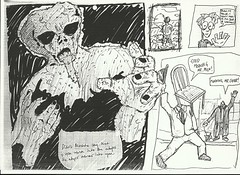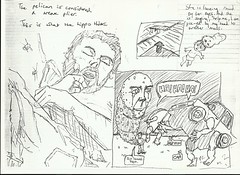Minus 4 days until Day 0, Year One.
This is the story of the creation of The Fairy-Dog Calendar. Part Two will discuss some of the theory behind it and Part Three describes the mechanics of the calendar. In this section though I want to give a bit of biographical background and an introduction the project. A plateau to rest on before we go launching off on new lines of flight.
The date was 13/09/2019 AD. Location: Northampton, England, 52.23394° N, -0.89528° E.
I was returning to give a paper at the second Trans-States conference. Having been blessed enough to have delivered a paper at the first conference (write-up here), I had chanced my arm at the last minute for this one, submitting an abstract for a talk on the different approaches to magic, anarchism and the self in the comics of Alan Moore and Grant Morrison. Given that I’d delivered a paper at the first (available here) I wasn’t holding out hope for it being accepted, but it was (and can be seen here). This was then followed, at the risk of biting the hand that feeds me, with the slow realisation that my employers were not going to be forthcoming with the funding needed to attend. All was lost. Until a long-negotiated for contract came into play, including back-pay that allowed me to fund the trip myself.
Most might call that a happy coincidence, I’m calling it synchronicity. The Universe wanted me to attend.
A bit of context here: despite my long-standing interest in magic and the occult, and the fact I’ll bang on about it endlessly if you get me drunk enough, I’ve never claimed to be been a particularly diligent practitioner. Its something that’s been explored from a jumber of angles on this blog and I might (and do!) have several theories about the nature and effects of ritual but little in the way of practice. I’ve cast the odd sigil, had more than a few profoundly altering encounters with altered space, one minor success with astral projection, intermittent phases of practicing regular banishing rituals, and staged an entire occult comedy revue called Mondo Occulto, I’d never been diligent enough in practice that I could call myself a magician as such.
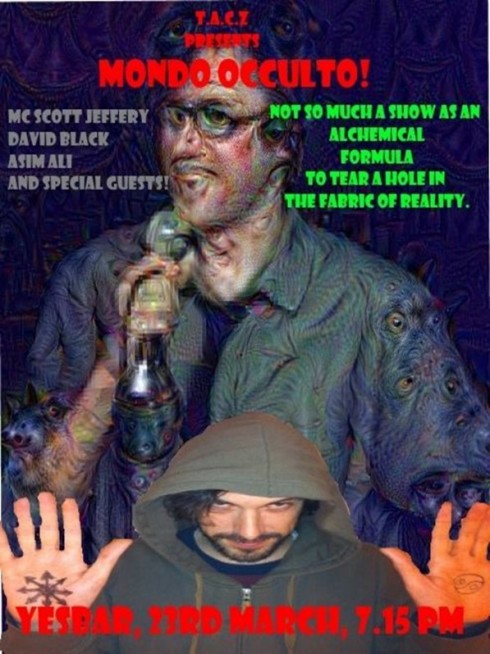
Ironically, I also feel that way about my academic identity so perhaps this is esoteric imposter syndrome. Trans-States is in some ways the perfect storm of anxiety – full of people I would consider both better academics and ‘proper’ occultists, whose work and practice I admire. For this reason, my usual social anxiety is worth battling for the enormous inspiration and mind-bending encounters, conversations and ideas one experiences there. And my own bullshit aside, both conferences have proven incredibly welcoming. As I wrote at the time of 2019:
Arguably, this year’s Trans-States conference (held 13th-14th September) lived up to its title even more that the original conference in 2016. With its eclectic and interdisciplinary mix of academics, artists and occult practitioners (often all three), here was something genuinely liminal; somewhere between a colloquium and a gathering of the tribe, between a ritual and an academic exercise.”
Among the tribe was Peter Duchemin, there to perform my one-man show “The Castle of Birds.” The description follows below , and you can watch it on the Trans-states YouTube channel here.
The Castle of Birds is an oral poem/story about language, order, and transformation. It is about the rise and fall of towers, and about power and its modalities. An agitated wizard, by tampering with the world-words, unleashes a monstrous social order. Subsequent generations are left to recover from ruination by means of a restorative bird-magic. It is a fable about societal metamorphoses that resonates with Gebser’s Ever Present Origin. The extended, mediated world is ever so fragile, ever so fragmented: let us build a Castle out of Birds.
n addition to building The Fairy-Dog Calendar, Peter has worked extensively designing and experimenting with magickal calendars since 2003. His PhD thesis ”The Art of Hidden Causation: Magic as Deep Mediation” was an incubator for a neo-calendrical theory – theory which he has put into practice on social media. You can check his Instagram feed here and his Patreon account, here Follow him to learn more.
I got to hanging out with Peter and talking about calendrics, magic, philosophy. You know, the usual. His mind is a quicksilver flow of ideas and connections; Frankenstein memetics. Many concepts were either things I was not well-versed in (astrology and astronomy) or just downright ignorant of (the process of creating calendars). On the other hand, I’ve sometimes been told the same thing of myself so its fun to be on other side of that experience. Anyway, Peter said he made calendars. Different ways of measuring and experiencing time.
At the end of day two, I was overcome by a notion, powerful in its insistence- it felt like a thing I was there to do- that I would commission Peter to make me a calendar. I assure you, dear reader, that this is not a thing I do often. Point of fact, I’ve never done it before, but something was in the air at that conference and it seemed to be that just as things had fallen into place to get me there, things were falling into place in other ways. Short version: I’d given a lot of thought to what the conference represented to me and what I wanted to get out of it if I could broadly overcome my usual anxieties and, you know, actually talk to folk. Have eyes to see and ears to listen.
In the final post we will look at the actual mechanics of the calendar and how different magical systems map on it. Instead, this post will finish by describing some of the mythology embedded in the calendar. To do this it is simplest to unpack its name.
The Fairy-Dog Calendar refers to two elements, each of which plays a role in Peter and I’s personal “cosmologies”. I will leave it to Peter to tell of his encounter with the Fae (among other flora and fauna of the Immateria), but suffice it say that the creation of the calendar proved to be deeper and more autobiographical experience for its maker than originally assumed. Which leaves the “dog” part, and my own idle fancies.
Periods in a calendar (such as years and months) are usually, though not necessarily, synchronized with the cycle of the sun or the moon. In this instance count is marked by the orbit of Sirius B around Sirius A. This takes orbit 50 years, and the year’s start day will be marked by the rising of Sirius alongside the sun, seen from the top of Mount Schiehallion*. This works out roughly as from the Summer Solstice, 1994, the last time B and A were at their closest point.

The wide variety of mythologies and associations around Sirius are too much to enumerate here, and really deserve a post of their own at some later date, but I hope this brief discussion gives a flavour
When I was a child, I was obsessed with a show called Children of the Dog Star. I only found out that the name, date (1984) and country (New Zealand) of that show when I was researching this! What I do remember is 6/7/8-year-old me (? I couldn’t find out when it was broadcast in the UK) searching up “the dog star Sirius” in the Encyclopaedia Britannica my parents had purchased (remember those?!). From this I discovered that Sirius, AKA Alpha Canis Majoris, is the brightest star in the sky and also part of a binary star system consisting of two stars orbiting around their common centre of mass. This second star is a white dwarf, Sirius B. Such systems may appear to the naked eye as a single point of light, until revealed as multiple by other instruments of observation.
From these two sources I also pieced together the story of the Dogon tribe. Much of the anthropological account is disputed, as such things are, but I will let Wikipedia summarise this part:
From 1931 to 1956, Griaule studied the Dogon in field missions ranging from several days to two months in 1931, 1935, 1937 and 1938[36] and then annually from 1946 until 1956. In late 1946, Griaule spent a consecutive thirty-three days in conversations with the Dogon wiseman Ogotemmêli, the source of much of Griaule and Dieterlen’s future publications. They reported that the Dogon believe that the brightest star in the night sky, Sirius (sigi tolo or “star of the Sigui”), has two companion stars, pō tolo (the Digitaria star), and ęmmę ya tolo, (the female Sorghum star), respectively the first and second companions of Sirius A. Sirius, in the Dogon system, formed one of the foci for the orbit of a tiny star, the companionate Digitaria star. When Digitaria is closest to Sirius, that star brightens: when it is farthest from Sirius, it gives off a twinkling effect that suggests to the observer several stars. The orbit cycle takes 50 years.
Griaule and Dieterlen were puzzled by this Sudanese star system, and prefaced their analysis with the disclaimer, “The problem of knowing how, with no instruments at their disposal, men could know the movements and certain characteristics of virtually invisible stars has not been settled, nor even posed.”
These ideas found their way into Robert temple’s The Sirius Mysteries (1976), which was itself part of a glut of alien-gods contacting ancient civilisation literature found everywhere in the late 1970s and early 1980s. Which then fed into the Children of the Dog Star among the other hauntological artefacts that that made up the deeply weird background noise of that generation’s youth. I would carry that memory of Sirius with me for years, as both a half-remembered fun fact and some indicator of a deeper, stranger type of reality that became more difficult to access the older I became.
Then in my early twenties, at university in Aberystwyth, Wales (local saying: “the train stops here, everyone has to get off”) my dealer, the middle-aged son of an Iranian diplomat who claimed to be a Sufi and who had fled to Wales in his teens to take enough acid in the forests that he perhaps fried his brains, introduced me to both LSD and The Illuminatus! Trilogy. Many regarded him as a borderline lunatic, I still fondly see him as a trickster-god. Illuminatus led to Cosmic Trigger and there were those pesky Sirians again, beaming information into Robert Anton Wilson’s brain during the Dog Days following the 23rd July 1973. Of course, Cosmic Trigger also notes that, independently of Wilson’s brain-change experiments, Timothy Leary was receiving his ‘starseed’ signals at Folsom prison. Later, I would Phillip K Dick’s VALIS and have my mind blown further by both the book and the knowledge that Dick had had his own, again independent, Sirius encounter at around the same time.
(Side-note: Shortly after asking Peter to make the calendar and agreeing that the years would be measured by the orbit of Sirius B around Sirius A, another dealer offered me a strain of weed called Star Dog. A coincidence, of course, of course)
To conclude for now then: the dice had been rolled. I had commissioned a calendar based on the Sirius system. In the following posts we will discuss some of the philosophical implications of creating a new calendar, and in the final post see how it actually works.
Read Part Two here and Part Three here.
*Schiehallion is situated about an hour and half’s drive from me, and, I discovered later, also plays an important role in Peter’s own magical life.



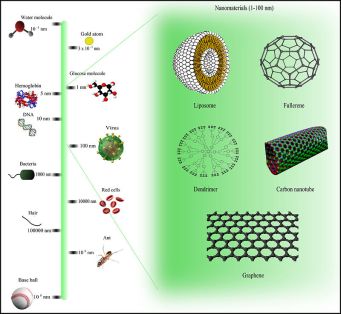


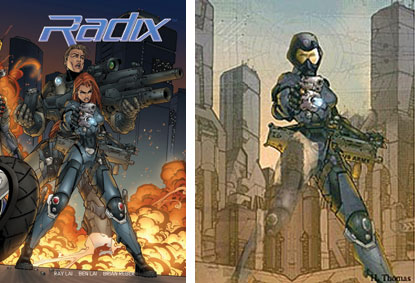
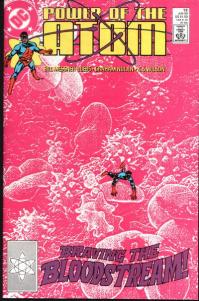
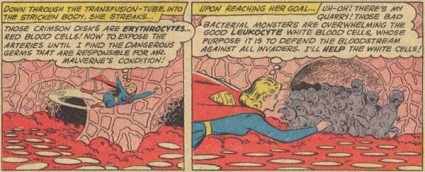

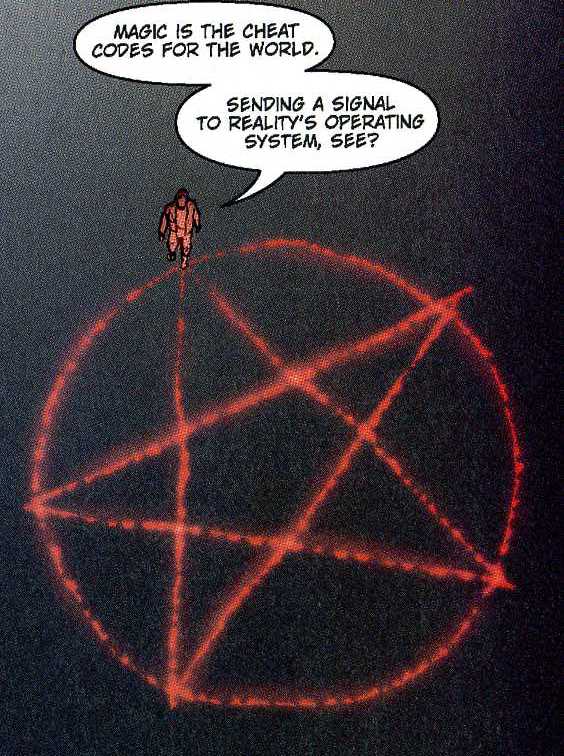




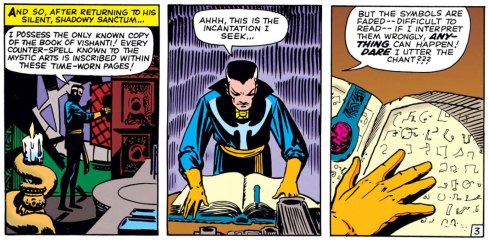 Fictional books have a special sort of attraction. Who wouldn’t want to peruse
Fictional books have a special sort of attraction. Who wouldn’t want to peruse 
